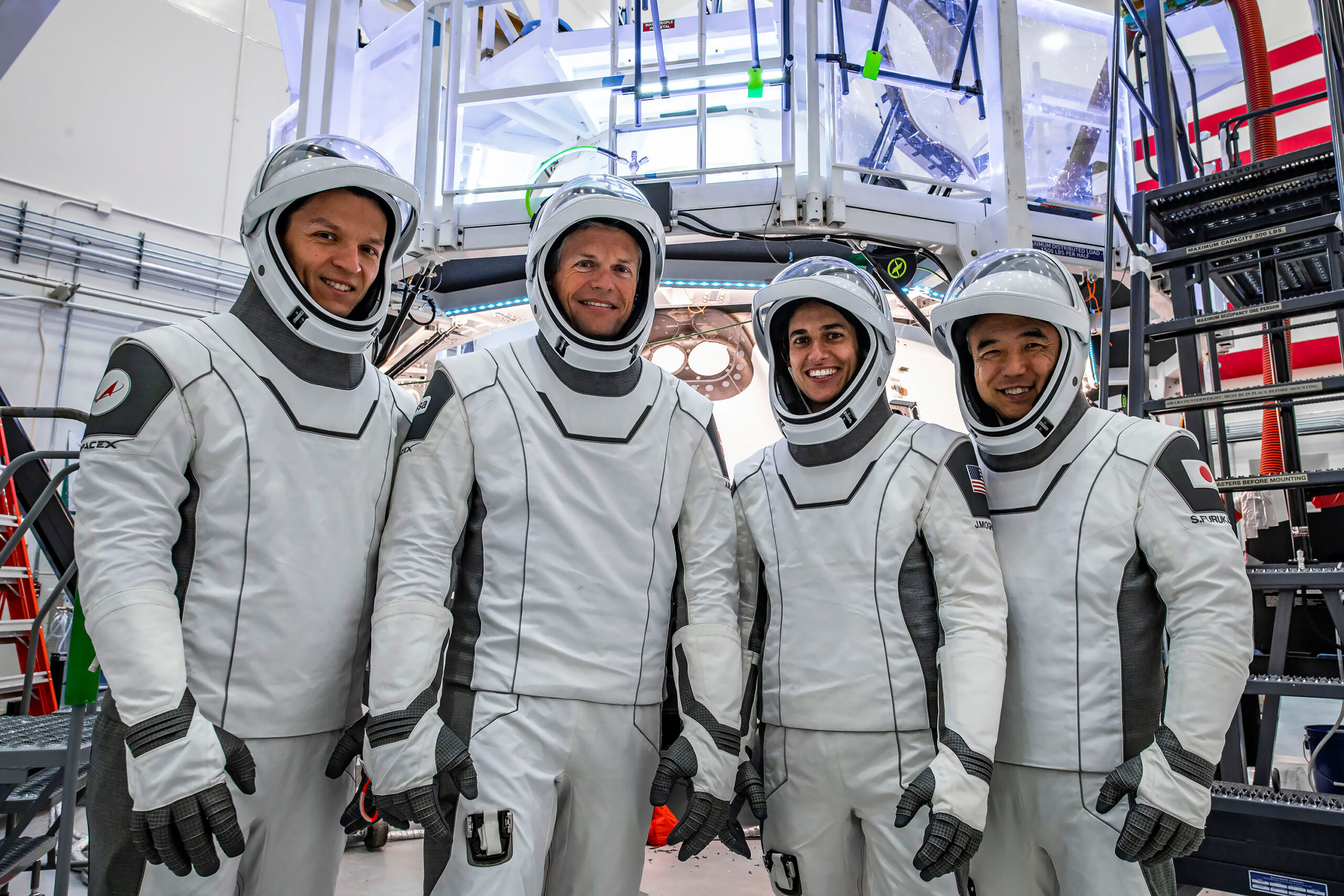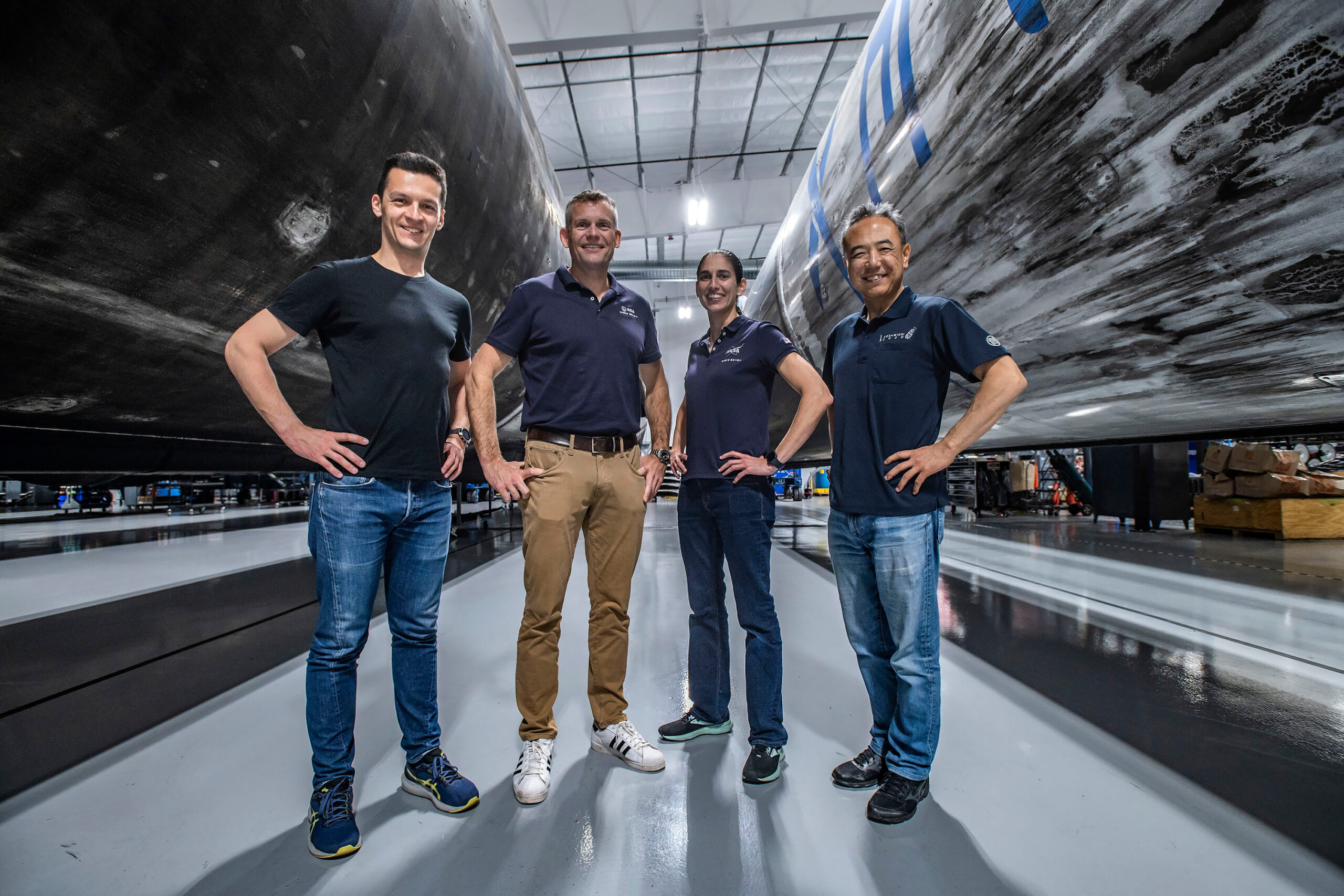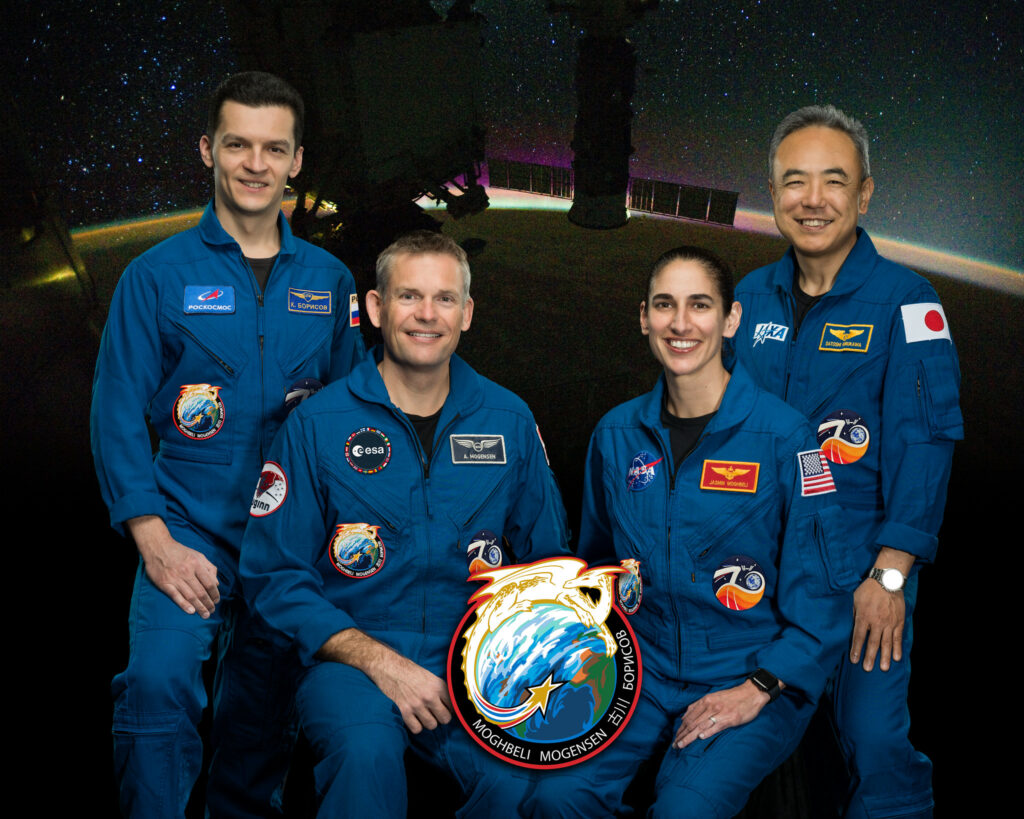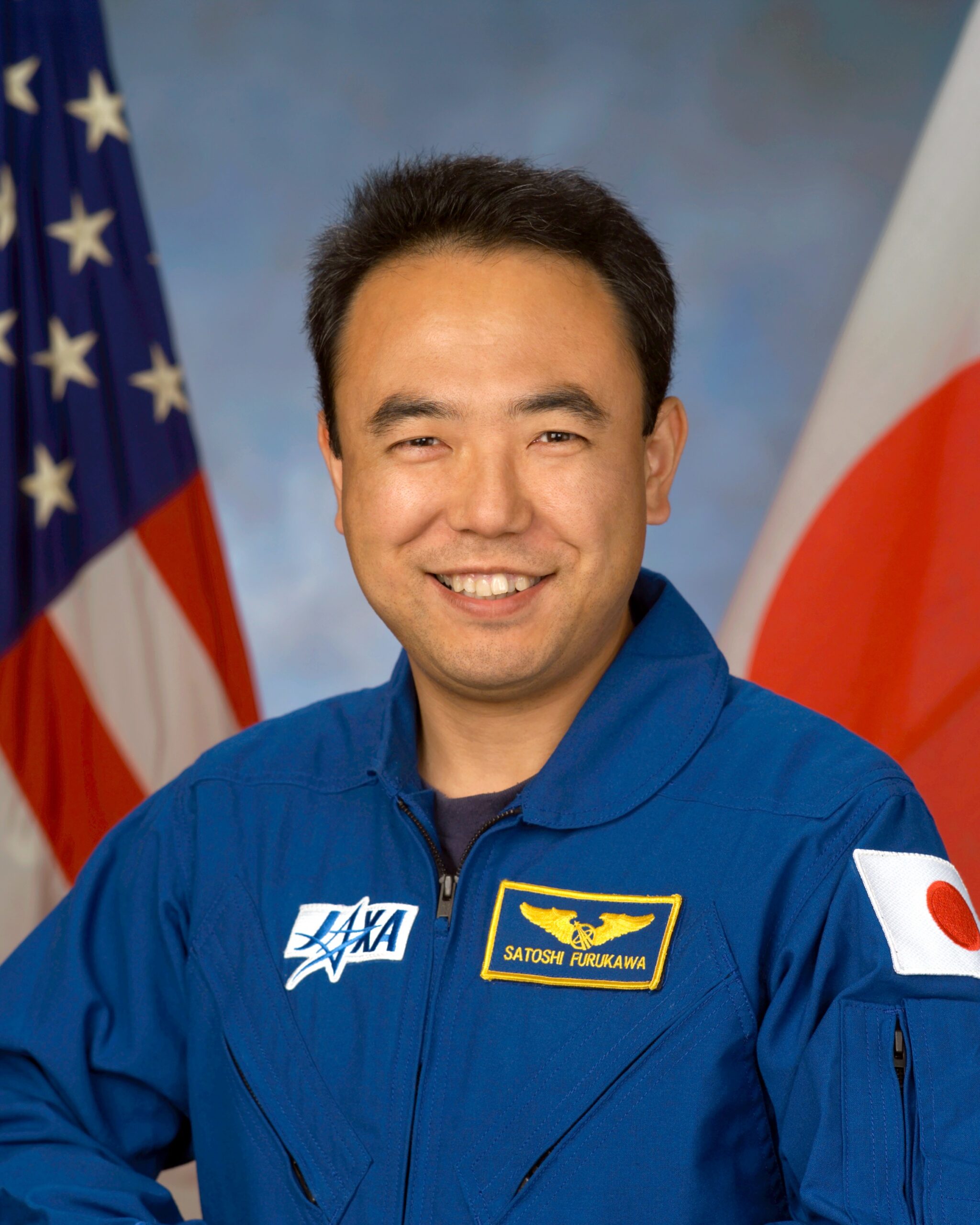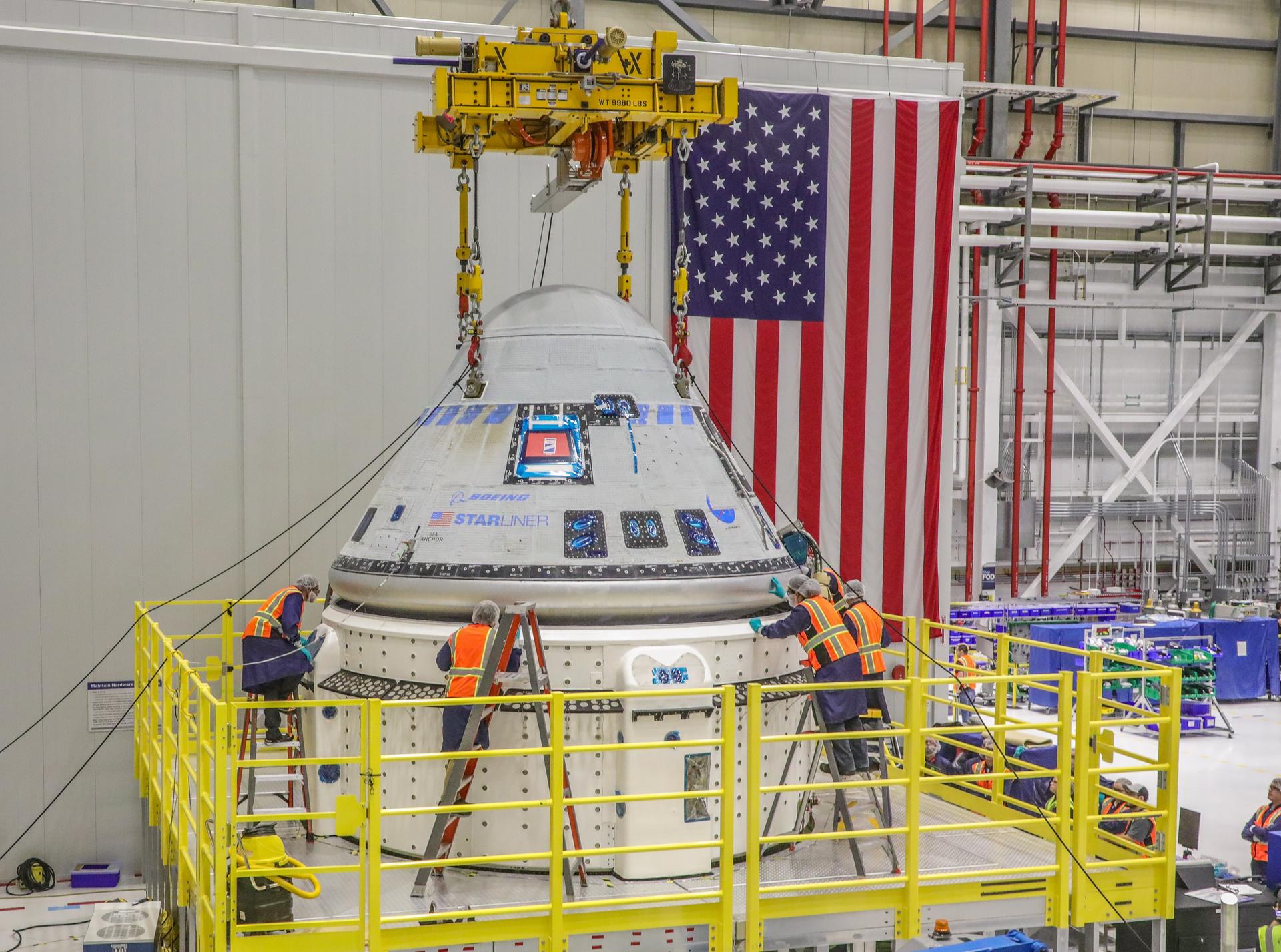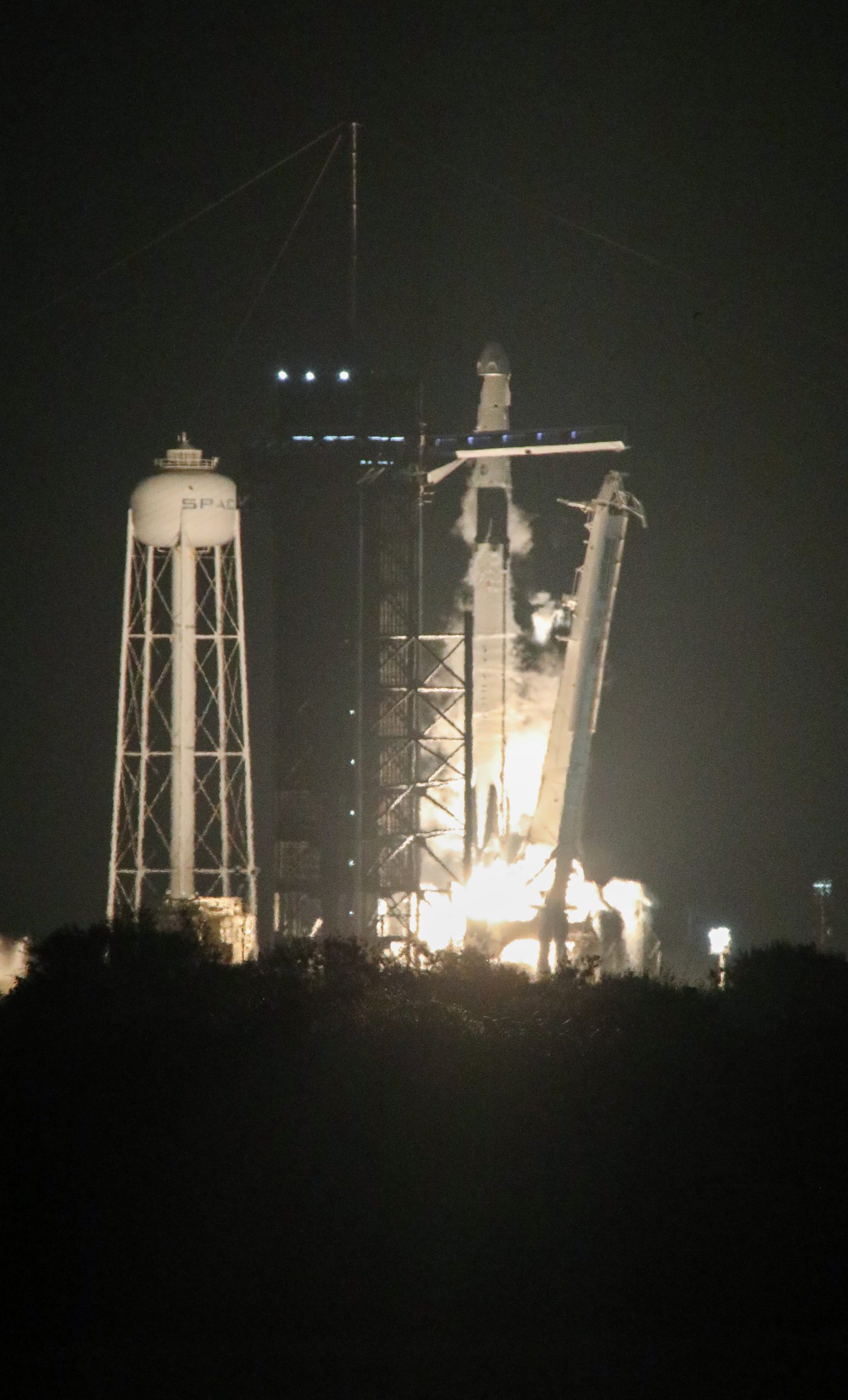
NASA and its industry partners, Boeing and SpaceX, are planning target launch schedules for upcoming commercial crew missions to the International Space Station.
Target Launch Manifest
NASA’s Boeing Crew Flight Test: NET July 21, 2023
NASA’s SpaceX Crew-7: NET mid-August 2023
NASA’s SpaceX Crew-8: NET February 2024
NASA’s Boeing Starliner-1: NET Summer 2024
Here is a closer look at each mission:
NASA’s Boeing Crew Flight Test
NASA and Boeing’s Crew Flight Test (CFT), planned no earlier than July 21, 2023, is the first crewed flight of the Starliner system prior to certification and regular crewed missions to the space station. For CFT, the Starliner spacecraft will launch on a United Launch Alliance Atlas V rocket from Space Launch Complex-41 at Cape Canaveral Space Force Station in Florida, returning approximately eight days later in White Sands, New Mexico. The flight will carry two NASA astronaut test pilots, Barry “Butch” Wilmore and Suni Williams, on the demonstration flight to prove the end-to-end capabilities of the Starliner system.
NASA’s SpaceX Crew-7
NASA and SpaceX’s seventh rotational mission to the space station is planned for no earlier than mid-August 2023. NASA astronaut Jasmin Moghbeli and Andreas Mogensen of ESA (European Space Agency), mission commander and pilot, respectively, will fly aboard the SpaceX Dragon spacecraft named Endurance, which previously flew on NASA’s SpaceX Crew-5 and Crew-3 missions. The final two mission specialists will be assigned in the coming weeks. The spacecraft is currently being prepared for flight at SpaceX’s refurbishing facility in Cape Canaveral, Florida. The company’s Falcon 9 rocket booster selection in support of Crew-7 is ongoing.
NASA’s SpaceX Crew-8
NASA and SpaceX’s eighth rotational mission to the space station is planned for no earlier than February 2024. An integrated crew of four will travel to the space station aboard a SpaceX Dragon and Falcon 9 rocket. Hardware allocations for Dragon and Falcon are planned in the coming months. Once crew members are assigned, operations teams will increase crew training activities specific to the mission, including spacesuit production and testing.
NASA’s Boeing Starliner-1
NASA and Boeing’s first crew rotation mission to the space station is planned for no earlier than summer 2024. NASA astronauts Scott Tingle and Mike Fincke, commander and pilot, respectively, will fly aboard the Starliner spacecraft, which previously flew on Boeing’s Orbital Flight Test-2 mission. Two mission specialists will be assigned in the coming months. Timing of the launch is subject to change based on several factors, including: a successful CFT, incorporation of anticipated learning from CFT, approvals of postflight data and final certification products, and completion of operational readiness and certification reviews. Starliner-1 will fly a new service module currently in production at the Boeing facility at NASA’s Kennedy Space Center in Florida. Production of the Atlas V rocket is complete. The hardware is in storage at the United Launch Alliance facility in Decatur, Alabama, awaiting shipment to the launch site for stacking and final integration with the spacecraft.
For more insight on NASA’s Commercial Crew Program missions to the orbiting laboratory follow the commercial crew blog. More details can be found @commercial_crew on Twitter and commercial crew on Facebook.
